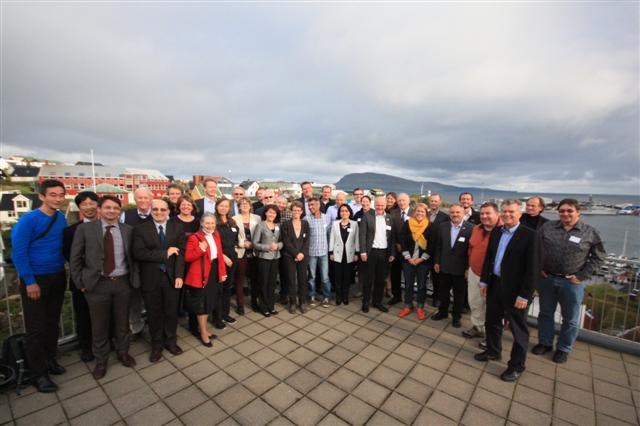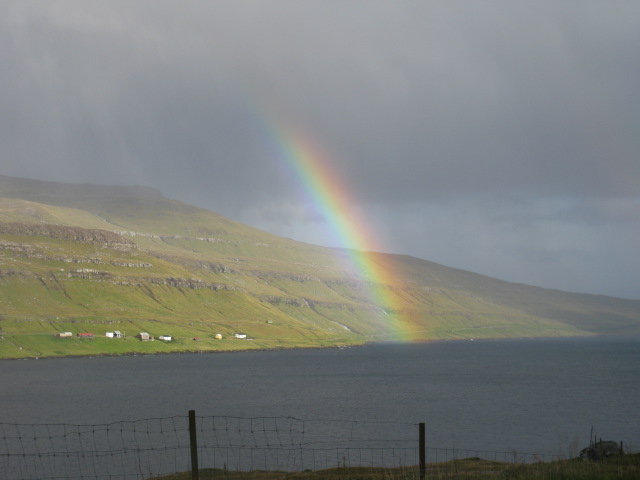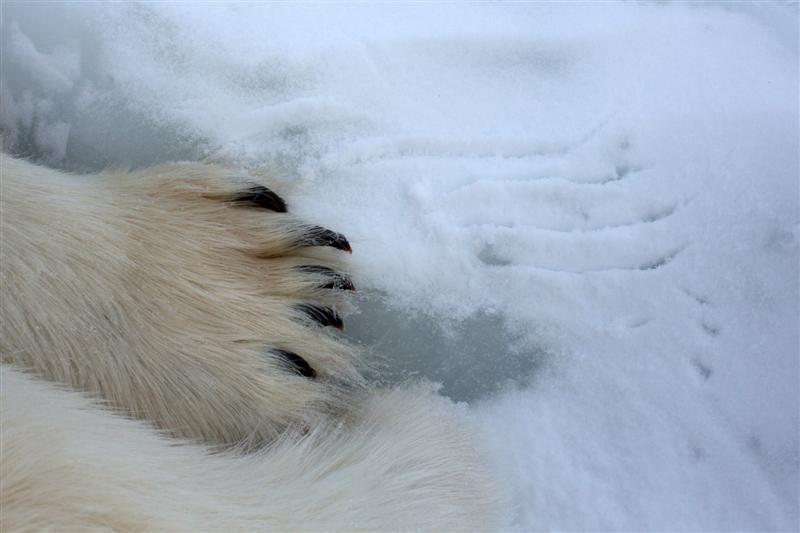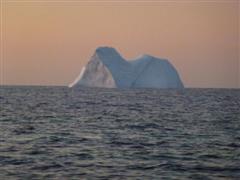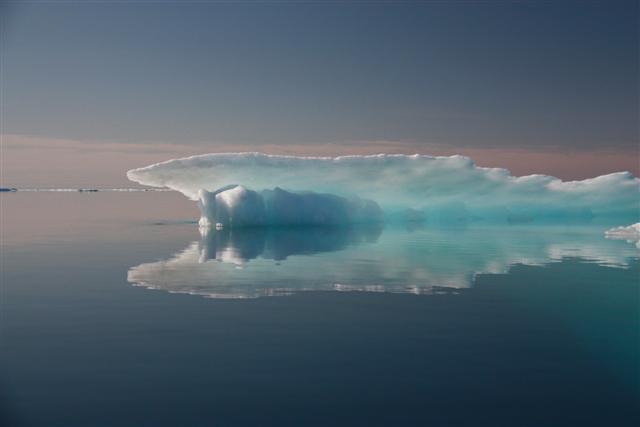
Iceberg encountered on a voyage through the Northwest Passage on the ship Silent Sound, Summer 2009. © Cameron Dueck / WWF
As we hit the annual Arctic summer sea ice low, WWF’s Samantha Smith reflects on her years spent in the Arctic, and the lives and cultures we are losing with the ice.
Watching climate change eat away at the Arctic sea ice is like watching a best friend waste away. I have nearly overwhelming feelings of sadness, resignation and even anger at how we could have let this happen – how we continue to let this happen.
I worked for WWF in the Arctic for more than ten years, out in the field with reindeer herders, with scientists in ships by the ice edge and in meeting rooms with ministers. For all of those people, a constant preoccupation is the state of the Arctic’s snow and ice. Ice is the defining characteristic of the high north all year round. Sea ice is the home, maternity ward, and feeding place of the Arctic life we can see, the seals, walrus and polar bears. What we do not see is the springtime melt, when plankton under the ice is released by the melt in a cascade of food, bringing the icy seas to life for fish and seabirds and whales, powering and animating the whole Arctic food web.
This life gives life to the peoples of the Arctic, giving them healthy local food. The sea ice also functions as a road connecting the far-flung communities of the north. These roads are now becoming treacherous, and people are nervous, even fearful of routes used for generations. And there is talk now of ships soon being able to sail through the Arctic during summers.
While I spend no time in the Arctic now, it’s never far from my thoughts. I will always remember the warmth and hospitality of northern communities, the beauty of a single pure white ivory gull; three young walrus popping out of the water with eyes even wider than my own, a polar bear mom and her fuzzy cub suddenly appearing as we scrambled away to give them space.
This is a world that had essentially changed very little in human history. Now each year, scientists measure how much Arctic sea ice is left. Last year it hit a dramatic new low; today, at the end of the Arctic summer, it is still low and getting ever thinner. People who study the relation between climate and sea ice say that the Arctic has entered a new state, one that may be hard to halt.
The worst part is that we could have done much more to prevent this. A decade ago, I was part of the
Arctic Climate Impact Assessment (ACIA). It was the first full-scale review of what climate was doing and was likely to do to the Arctic. Scientists told us then that we must phase out the use of coal, oil and gas, or expect sea ice to melt away. Looking back, the most frightening thing is the extraordinary decline that has occurred already since the turn of the century. We didn’t listen, we didn’t act and now we are seeing the consequences.
I have a new job now in WWF: I lead our global work on climate and energy. My dream of saving the Arctic is the same, but now I’m doing it by fighting climate change. And to fight climate change, we have to move immediately and on a global scale away from dirty fossil fuels, the single biggest source of the CO2 pollution that is melting sea ice, and to clean and safe renewable energy.
This year, WWF and many other organizations are campaigning to get banks, governments and pension funds to put their money into renewables and take it out of fossil fuels. We want at least US$40 billion in new investments for renewable energy and commitments not to invest in new coal, oil and gas projects. We know this is just a start, but we also know that we have to start now.
Moving investment is one of the most concrete things we can do. Some Arctic countries are beginning to understand this: the United States, Norway, Sweden, Iceland, Denmark and Finland have all committed to virtually end overseas public funding to coal power . This is making me hopeful, and I hope to see more.
While the Arctic feels far away to many, the solutions to keeping it in something like its present state couldn’t be closer to home. We can all take responsibility to ask our pension funds, our banks and our governments to take this lead.
I’m hoping the anger and sadness I feel at the loss of the sea ice will melt away in the coming years, thawed by the actions of people and governments to stop the ice decline, and to take best care of the ice that remains.
